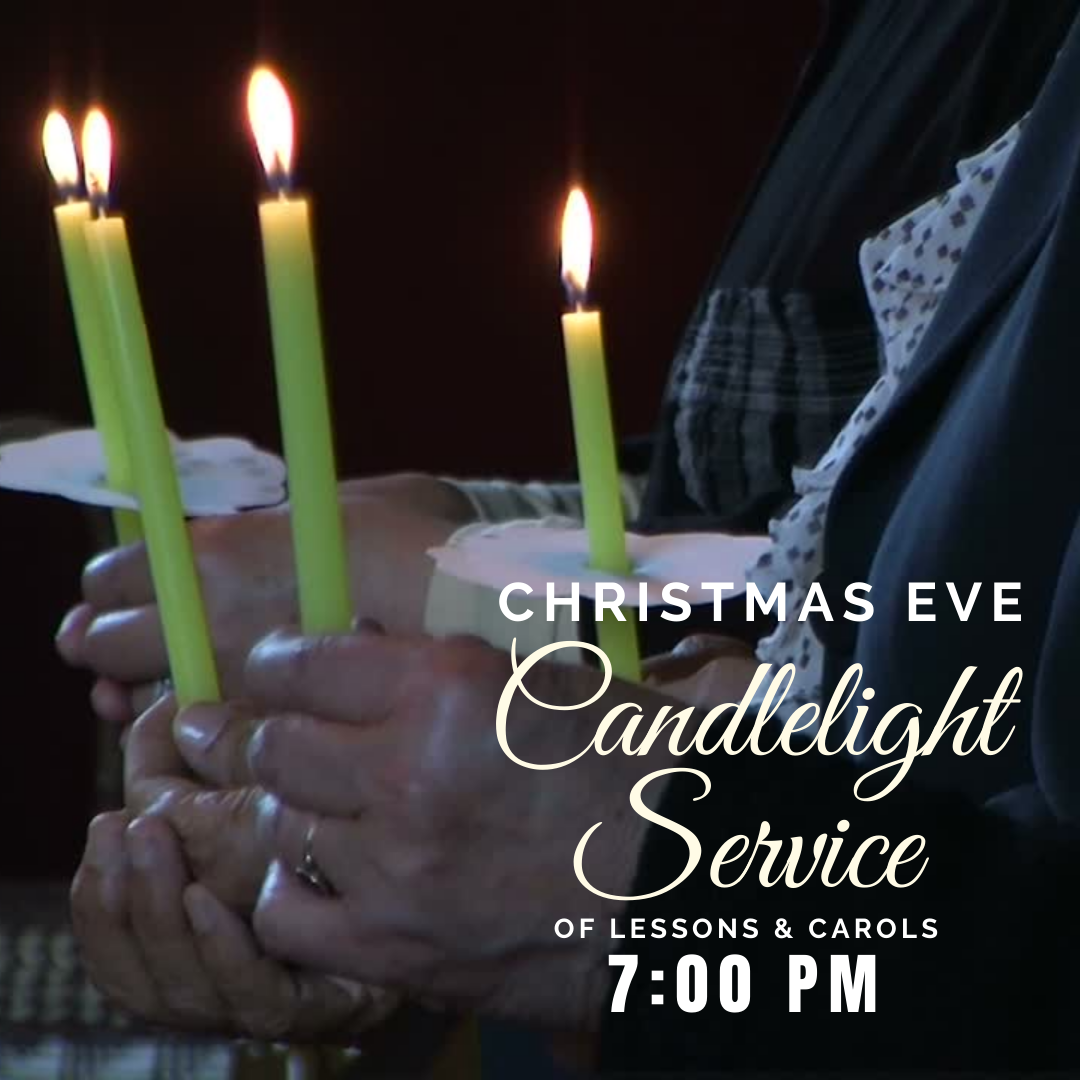The mystical calling of a teenage girl beckons us to carry the light
When we are too close to a story, we overlook the human, emotional details. We have just heard the story of a teenage girl making her life's most momentous decision, a choice that will change the world. Suspend all you think you know about Mary and allow her to be a young woman who encounters the angelic voice of Gabriel. When we think about angels, we imagine wings and halos, but how many encounters have you had with winged humans? It would be more like a close encounter of the third kind.
"Greetings, favored one! The Lord is with you." 29 But she was much perplexed by his words and pondered what sort of greeting this might be. Luke 1:28-29
The greeting might have confused Mary because it was a Greek figure of speech, and she spoke Aramaic. Who says Gabriel was fluent in multiple languages? If Mary was Spanish, Gabriel might have said, "Hola Maria," If she was French, "Je vous salue Marie." In Latin, "Ave Maria." In the King James version, the text reads, "Hail Mary, full of grace."
You know what Hail Mary means, especially if you are a football fan. A Hail Mary is the desperate last-chance pass thrown into the endzone to see if you get lucky. Older New Englanders remember Doug Flutie, Boston College quarterback. He was 5'10" shorter than the towel boy but had a huge heart. Scrambling with no time left and down by four points to number one Miami. It was David versus Goliath. Flutie threw the ball with every ounce of strength. The pass arched 50 yards, went through the hands of several people at the goal line, and landed in Gerald Phelan's lap for a touchdown. Everyone lost their minds with joy. I think the Pope made Doug Flutie a saint because of the miraculous pass.
This angelic greeting perplexed Mary and became the second most important Christian prayer in the Middle Ages. The most common Roman Catholic prayer asking for God's help begins, "Hail Mary, full of grace." The prayer was central to the best World War II movie scene ever. In "A Bridge Too Far," Robert Redford had to lead a battalion four hundred yards in wooden boats under withering German artillery fire. It takes four minutes in the movie for the 82nd Airborne to paddle to the other side while explosions create waterspouts all around the vulnerable flotilla. In the entire scene, Redford is paddling with the butt of his rifle, saying, "Hail Mary, full of grace. Hail Mary, full of grace."
When I watched the clip on YouTube, I counted Redford repeating 23 times, "Hail Mary, full of grace." I realized I had been holding my breath, trying to comprehend the courage and the insanity of what must be done in war. I'm not telling you this story because I think repeating the proper prayer over and over will get you out of a jam. (Redford is saved by his good looks, blue eyes, and square jaw. He is too pretty to blow up.). I don't think throwing a football and saying "Hail Mary" will make somebody catch it on the other end. But this dramatic scene might help us understand the emotional intensity of Mary's encounter with Gabriel and the enormity of her response.
Mary is a teenager encountering an angel. Various English translations say she is troubled or perplexed. Those words are too mild if we compare them with other uses of the Greek word "diatarraso" in the Bible. When Herod discovers a new king has been born, he is "diatarraso." When Jesus faces his arrest in John 12:27, he says his soul is "diatarrso." The same word describes how the disciples feel when they think they have seen a ghost walking on the water. Mary is just a teenager asked to take on a mission to be the mother of the Messiah. Troubled barely grazes the emotion more like distressed or disturbed.
We need to look at Renaissance art to identify with Mary. When you enter the Uffizi Gallery in Florence, Italy, the first room contains Martini's Annunciation. Mary pulls back from Gabriel and looks over her right shoulder with an epic stare-down.
Bottecilli has Mary giving Gabriel a hand in the face. My favorite Annunciation painting is by Fra Angelico, the Franciscan painter. Climbing the stairs to the Friar's cloister at San Marco Cathedral, you see this enormous ten-foot-wide masterpiece. Notice both Gabriel and Mary have their arms crossed protectively over their stomachs. The artist has captured the moment she hears the news of giving birth to the Messiah. She looks like she might throw up. Gabriel mirrors her body language, meets her where she is, and says "Be not afraid."
I gained a new appreciation of Mary standing before this painting for a few long moments. If you were a Franciscan brother in the 15th century, you would pass this painting daily every time you went to your cell. It is there as a constant reminder that to receive the presence of God, to hear the call to live into your best self, and to act honestly with love and justice may put us in a tender and vulnerable position. We may wonder, am I good enough? Am I worthy? Am I just an imposter doing my best at life but falling short? We see Mary embodying the challenge, arms crossed over her womb, and Gabriel reassuring her.
The icon says to all who enter that you are bearers of grace, bearers of love and light, bearers of Christ to one another. Hail Mary, full of grace. Are you ready to hear the words, "Hail John, full of grace. Hail Jeanne, full of grace. Hail Bob, full of grace. Hail Barbara, full of grace.
She answers, "Let it be with me according to your word." Let it be. Let it be. Hail all of you, full of grace. Let it be.





